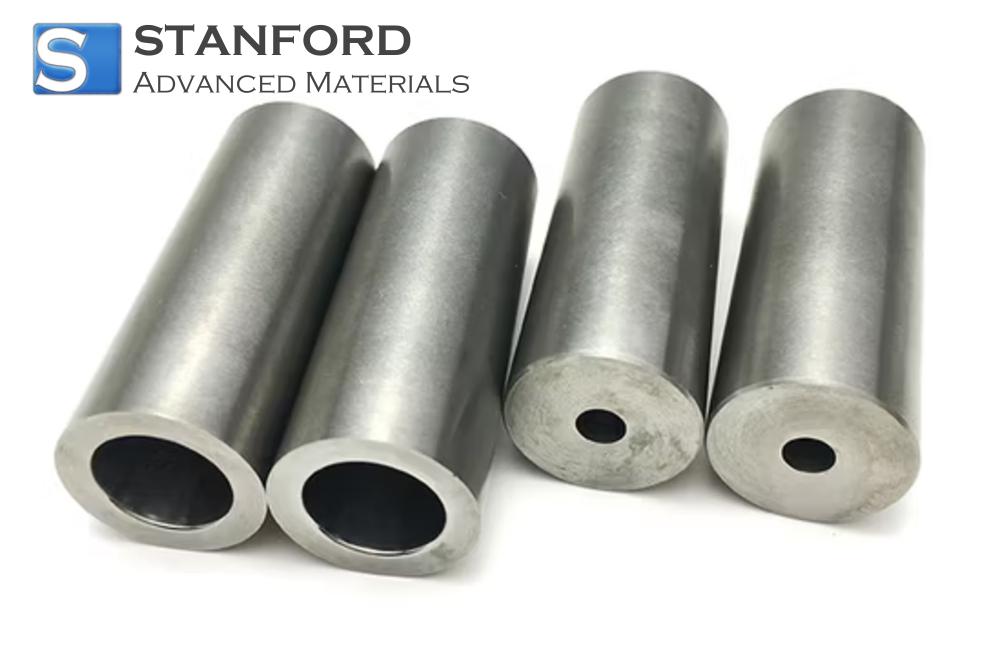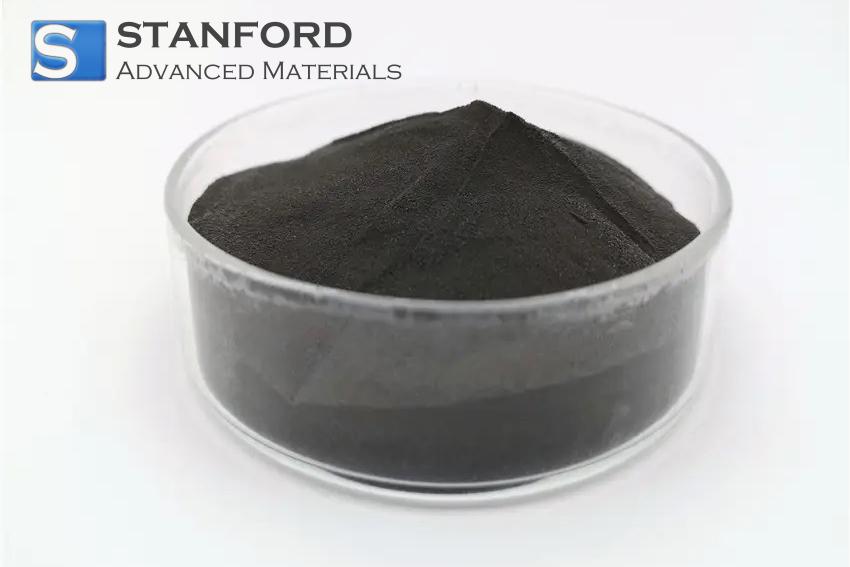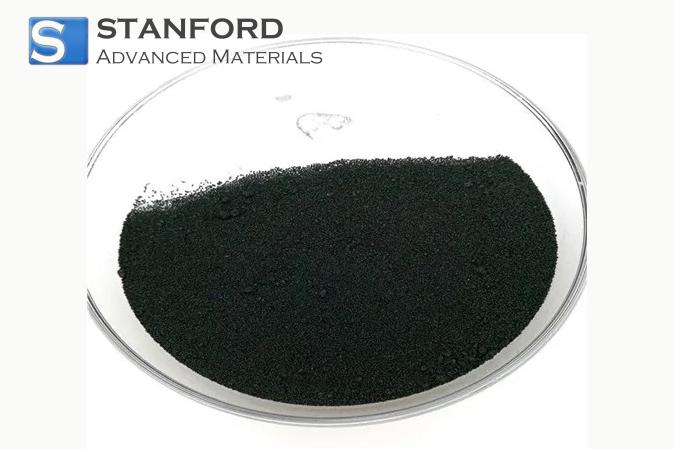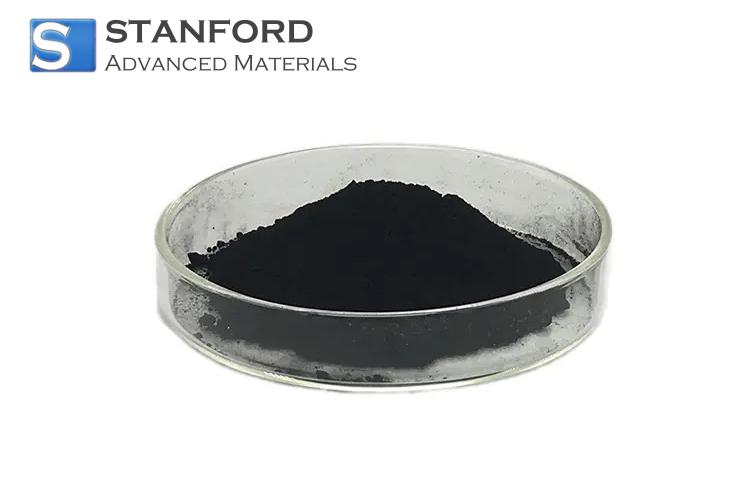Technetium: Element Properties And Uses
Description
Technetium is the first artificially synthesised radioactive element. It exhibits specific chemical properties and is applied in medicine and industry.
Introduction to the Element
Technetium, with atomic number 43, occupies a distinct position in the periodic table as the first element synthesised in a laboratory. In contrast to most naturally occurring elements, Technetium does not possess stable isotopes and is consistently radioactive. Its discovery confirmed theoretical predictions regarding absent elements and opened a new chapter in nuclear chemistry.
Early studies provided scientists with quantifiable data on producing radioactive elements and utilising them for practical applications. Today, Technetium is primarily used in diagnostic imaging, where its radioactive properties assist in detecting and diagnosing medical conditions. The element also serves as a model for understanding the behaviour of transition metals under extreme conditions. For further information, please visit Stanford Advanced Materials (SAM).
Description of the Chemical Properties
Technetium displays several measurable chemical characteristics that warrant scientific and industrial examination. As a transition metal, it exhibits multiple oxidation states that enable the formation of a range of compounds. The most frequent oxidation state in technetium compounds is +7; however, +6 and +4 states may occur under particular conditions. This capacity permits Technetium to form complexes with various ligands and produce compounds that are used in specific applications.
Common Applications
Despite the challenges posed by radioactivity, Technetium is applied in several critical sectors. One established application is in nuclear medicine. The metastable isotope Technetium-99m is routinely used in diagnostic imaging procedures such as Single-Photon Emission Computed Tomography (SPECT). This isotope emits gamma rays that yield clear images of internal organs, thereby assisting physicians in identifying abnormalities in the heart, brain and skeletal system.
In addition to its medical use, Technetium is employed in industrial radiography. It acts as a tracer in processes that require non-destructive material testing to verify structural integrity in engineering and construction. Its defined properties also make it a component in the manufacture of catalysts and radiopharmaceutical products that are essential for various production processes.
Synthesis Methods
Technetium does not occur in significant quantities in nature and is produced solely by artificial means. The standard method for synthesising Technetium is neutron bombardment of Molybdenum-98 in a nuclear reactor. When Molybdenum-98 absorbs a neutron, it converts into Technetium-99, a process refined by decades of research in nuclear chemistry.
Frequently Asked Questions
What is Technetium and where is it found?
Technetium is a radioactive transition metal that is synthesised artificially and is primarily used in nuclear medicine and industrial radiography.
How is Technetium synthesised artificially?
It is typically produced by neutron irradiation of Molybdenum-98 in a nuclear reactor or by employing cyclotrons to induce nuclear reactions.
What are the chemical properties of Technetium?
Technetium exhibits several oxidation states, most commonly +7, but also +6 and +4, thereby forming stable compounds used in specific applications.
How is Technetium commonly used in the industry?
It is applied in nuclear medicine for diagnostic imaging, in industrial radiography for material testing and in the manufacture of catalysts and radiopharmaceuticals.
Are there safety concerns when handling Technetium?
Yes, because Technetium is radioactive, strict safety protocols are implemented during its synthesis, handling and disposal to minimise radiation exposure.

 Bars
Bars
 Beads & Spheres
Beads & Spheres
 Bolts & Nuts
Bolts & Nuts
 Crucibles
Crucibles
 Discs
Discs
 Fibers & Fabrics
Fibers & Fabrics
 Films
Films
 Flake
Flake
 Foams
Foams
 Foil
Foil
 Granules
Granules
 Honeycombs
Honeycombs
 Ink
Ink
 Laminate
Laminate
 Lumps
Lumps
 Meshes
Meshes
 Metallised Film
Metallised Film
 Plate
Plate
 Powders
Powders
 Rod
Rod
 Sheets
Sheets
 Single Crystals
Single Crystals
 Sputtering Target
Sputtering Target
 Tubes
Tubes
 Washer
Washer
 Wires
Wires
 Converters & Calculators
Converters & Calculators
 Write for Us
Write for Us





 Chin Trento
Chin Trento



